Making Access and Equity a Reality for Diverse Students
edWeb.net
OCTOBER 19, 2020
Large school districts in different parts of the United States have now developed systematic ways to increase diverse students’ access to advanced courses, and the districts are also providing other important aspects of an equitable education that prepares the students for 21st century careers. WATCH THE EDWEBINAR RECORDING.





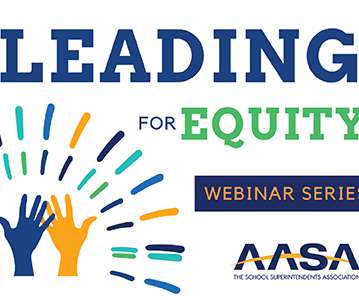
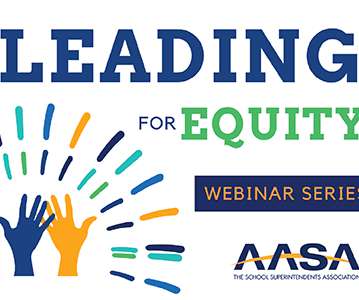













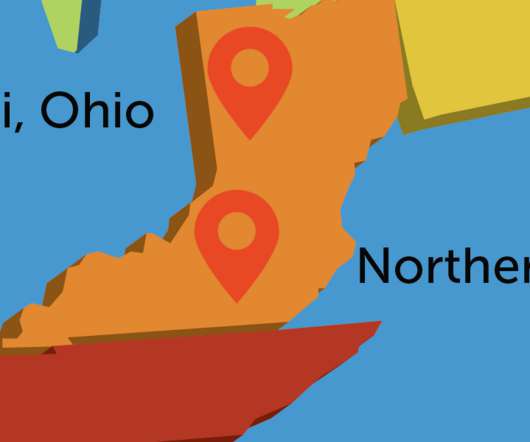
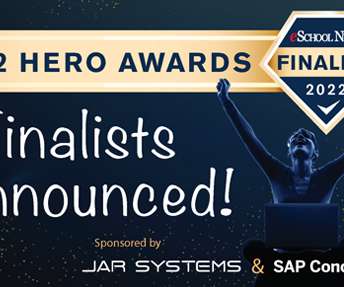

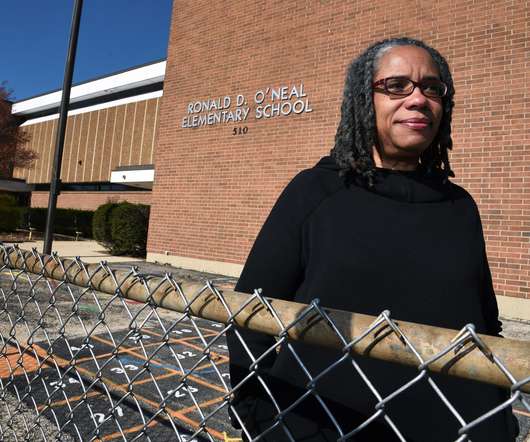
















Let's personalize your content